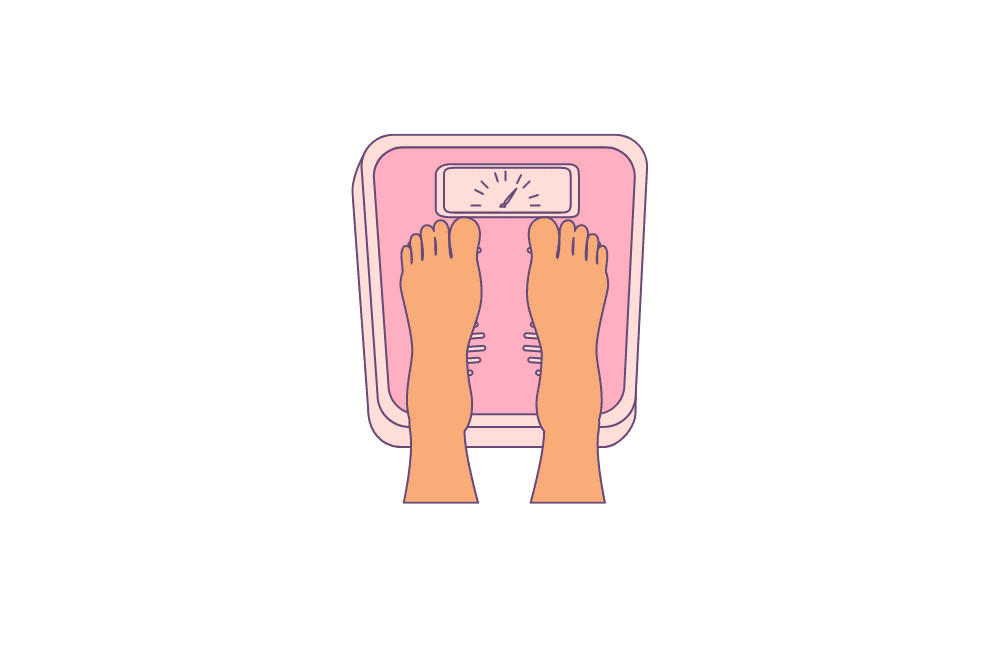For many women, resistance towards scheduling a cervical screening test can be strong. And, we get it; a lot of awkward situations can go down within a doctor’s clinic. Historically speaking, getting tested for cervical cancer falls into this category. Admittedly, the prospect of having a stranger, albeit a professional doctor, poke around the most intimate parts of your body can seem daunting.
The thing is, more than 70% of cervical cancers occur in women who have never screened or have lapsed in screening. So, as the wise, self-loving women we all are, it’s important to take control and show cervical cancer who’s boss. It’s through early detection and treatment that cervical cancer becomes one largely preventable beast of a disease that we can all handle (but hopefully never have to thanks to Australia’s National Cervical Screening Program).
To help make one of life’s most awkward moments a little less awkward, here’s our breakdown on how to prepare and what to expect for a cervical screening test.
First up, what is the purpose of a cervical screening test?
Pretty straightforward, the purpose of a cervical screening test is to detect signs of cancer in the cervix – the lower part of the uterus. The test functions by removing cells from the cervix to test for a virus known as human papillomavirus, or HPV. HPV is a super common virus that spreads through all kinds of sexual activity. We’re talking; intercourse, oral sex, anal sex, and hand jobs of every form. Not every person with HPV is diagnosed with cancer, however there is a significant link between the two.
Is the cervical screening test the same as a Pap smear?
Introduced in December 2017, the cervical screening test replaced the Pap smear as a more accurate method of protecting women from cervical cancer. Whilst the Pap smear sought changes in the cells of the cervix, cervical screening looks for evidence of HPV. The new HPV test can identify at-risk women earlier than the Pap test ever could, making it a much more effective method.
Who should have a cervical screening test and how often?
If you’re a sexually active woman aged 25 to 74, a cervical screening every five years is totally acceptable, provided your results return normal.
How do you prepare for a cervical screening test?
If a one-time event is where you’re at (hell yes), avoid scheduling your cervical screening when you have your period, skip sex two days prior, and leave all feminine hygiene products on the shelves. Using soaps, creams and foams on lady parts can wash away abnormal cells and obscure results, making a return visit a likely possibility – a huge no thanks from us! Plus, turns out those products aren’t so great for your vag, anyway.
What happens during a cervical screening test?
Okay, down to the nitty gritty of a cervical screening test. When the day arrives, your doctor will ask you to remove clothing from the waist down and lie on a sterile sheet-coated bed (soz, ain’t no luxury Egyptian cotton scenario here). There’s no need to buy new knickers or book a bikini wax for the occasion – the doctor performing the procedure is a trained professional who views vaginas of all shapes and sizes on the reg. Trust us when we say; every vagina is beautiful, and no matter how your lady parts look, the doctor has probably witnessed similarities before. Love your gal and be proud.
Once you’re comfortable, the doctor will ask you to lie back with your knees bent and feet upon the bed whilst they go through their hygiene practice (handwashing, sterilization, gloves – the works). When you’re both ready, the doctor will use an instrument called a speculum to help widen your vagina, making it easier to view your cervix. The speculum isn’t the friendliest looking contraption; however, the doctor may use some lubrication for a more comfortable insertion. Once the speculum is inserted, the handles will be pressed to gently open your vagina.
During the entire procedure, it’s important to remain as relaxed as possible. Your vagina is a muscular powerhouse. When you’re feeling tense or nervous, the vaginal muscles can become tight, making it difficult to insert the speculum. If you’re struggling to relax in the moment, try closing your eyes and imagining you’re someplace else (Hawaii, The Maldives, Paris – it’s your choice) or take a few deep breaths to calm your nervous system.
When you’re happy to allow the test to continue, the doctor may use a small torch to see into the vagina where a tiny brush will collect a swab of your cervix. Once the cells have been removed, they’ll be placed into a sterile tube and sent to a pathology lab. The speculum will be removed from your vagina and voila; you’re all set for another five years. At the end of the session, you’ll be free to refresh yourself and redress.
Will a cervical screening test hurt?
A cervical screening shouldn’t be painful however you may experience mild feelings of discomfort for the few minutes it takes to be screened. If you’re concerned of pain or discomfort beyond what you’d consider to be normal, speak to your doctor immediately.
This blog is designed to be informative and educational. It is not intended to provide specific medical advice or replace advice from your medical practitioner.
References:
- https://www.health.gov.au/our-work/national-cervical-screening-program/getting-a-cervical-screening-test/how-cervical-screening-works
- https://www.cancer.org.au/cervicalscreening/i-am-over-25/what-do-i-need-to-know-about-the-test/what-can-i-expect-at-my-first-cervical-screening-test





